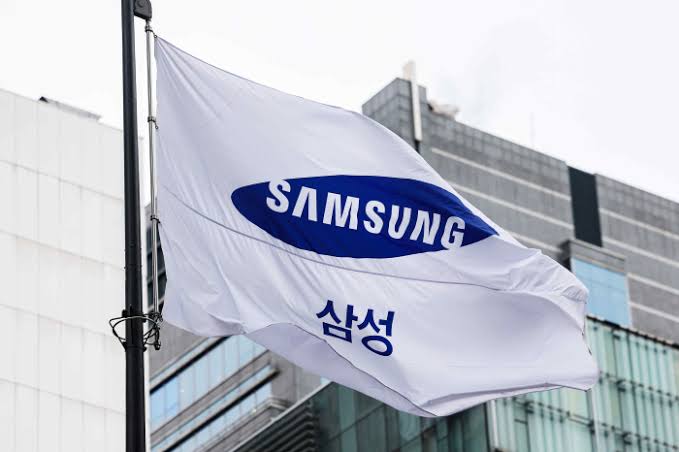News Investigators/ Samsung has reported a significant drop in its second-quarter (Q2) 2025 operating profit, with figures plunging by 55 per cent year-on-year to KRW 4.7 trillion ($3.4 billion).
Samsung made this known in its second quarter report made available on Thursday.
The company attributed the decline to a challenging semiconductor market environment, which was impacted by inventory value adjustments and one-off costs related to export restrictions on advanced chips to China.
The report said the company’s consolidated revenue for the quarter was KRW 74.6 trillion ($53.8 billion), a decrease of 5.8 per cent from the previous quarter.
The report noted that despite the overall downturn, Samsung’s Mobile eXperience (MX) and Networks Businesses showed a measure of resilience, posting a year-on-year increase in both revenue and operating profit.
According to the report, this is driven by strong sales of the Galaxy S25 series, Galaxy A series, and Galaxy tablets.
However, the company noted that its Device Solutions (DS) division, which included the crucial semiconductor business, saw its operating profit fall sharply to KRW 0.4 trillion ($288 million).
“Despite generating higher revenue from high-density, high-performance server products, the memory business faced profitability challenges due to necessary inventory value adjustments.
“The foundry business also struggled with low utilisation rates and the impact of U.S. export restrictions on advanced AI chips to China,” the company said
The report said that Samsung Display Corporation (SDC) reported a positive quarter with KRW 6.4 trillion ($4.6 billion) in consolidated revenue and KRW 0.5 trillion ($360 million) in operating profit.
It noted that the SDC’s positive showing was buoyed by the strong performance of new smartphone models and the expansion of its Information Technology and automotive segments.
Looking ahead to the second half of 2025, Samsung expressed optimism for a gradual recovery, with a focus on leveraging the growing demand for high value-added and AI-driven products.
“The DS division plans to proactively meet the demand for AI-server products and strengthen its competitiveness in advanced semiconductors.
“The MX business will adopt a flagship-first approach for smartphone sales, while also expanding the AI functionality of its mid-range devices,” the report said.
NAN

